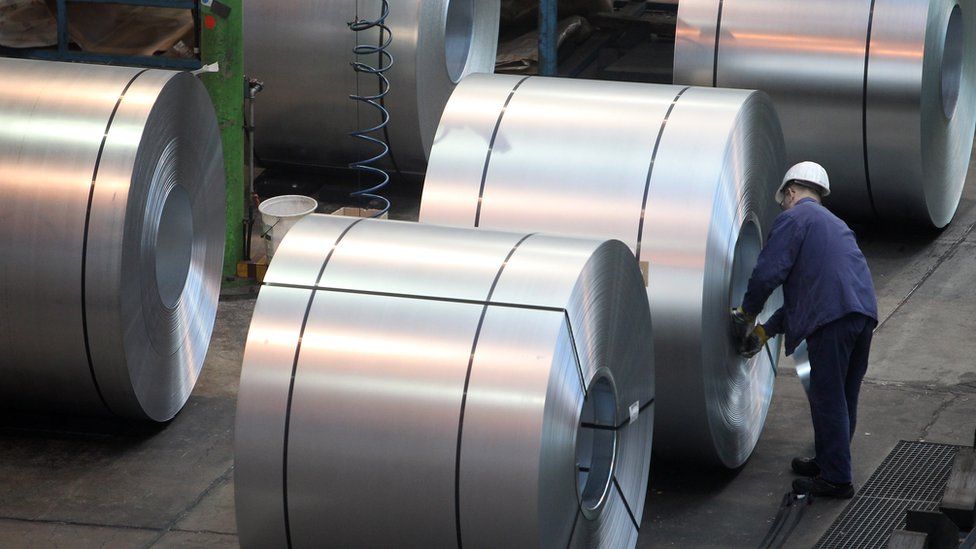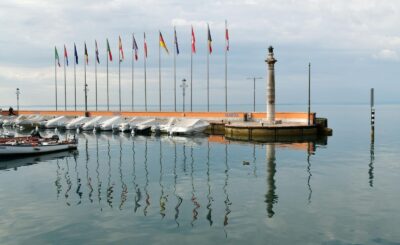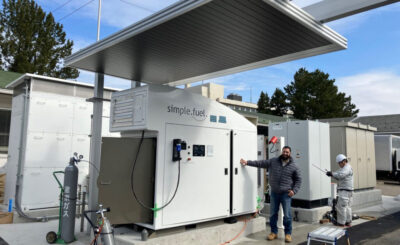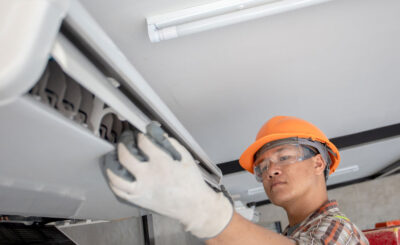The discovery that these leftovers after using per piece pricing catalytic converters have economic value and bring environmental gains changed the concept of waste for the sector. Many companies are investing in innovative reuse processes. This is good to maintain a prominent place in front of competitors and consumers. In addition, it demonstrates that the organization has responsibility for the environment and human beings.
About 30% of production is made from scrap, demonstrating a market for the reuse of excess steel production. In addition to reuse within the steel industry itself, there are other possibilities for recycling this residue. Shall we find out more?
Recycling Of Steel Scraps
Steel is considered the most recyclable material globally, as it allows for compositions, and there is no loss of quality. In 2016, 8.3 million tons of steel scrap were recycled.
When steel manufacturing leftovers are reprocessed to be applied again in steelmaking processes, they are called co-products. The number of co-products and residues from steel manufacturing was estimated at 19.8 million tons.
Below is a brief description of the classifications of these wastes and co-products:
Blast Furnace Slag
This leftover originates from pig iron production in blast furnaces and is usually produced from 600 to 700 kg/t of pig iron. This leftover is being widely used in the cement industry, replacing clinker. This makes it possible to reduce the emission of CO2 and natural resources from limestone deposits.
Steel Slag
It is derived from the steel refining process with the approximate generation of 100 to 150kg/t of liquid steel. The steel slag is being reused mainly in 32 asphalt layers of road pavement, terrain leveling and slope containment, correctives, phosphate fertilizers for soils, and cement and concrete production.
Fines, Powders, And Muds
Originated from the handling of raw materials or effluent treatment systems and the dedusting of converters. The amount varies from 13% to 20% of the total waste generated in the iron-rich waste group, 10% in the form of powders, 50% in fines, and 20% in sludges. These leftovers have a more complex chemical composition, zinc, lead, and cadmium. They can be reused as co-products in sintering.
Refractories
It is estimated that approximately 32% of refractory scrap is generated per useful life of the total refractories applied. These materials are used in blast furnaces or steelworks to insulate the liquid metal thermally.
Scales
This leftover corresponds to 20% of the waste containing iron. They are iron oxide from hot rolling, forging, heat treatments, among others. Because it has an iron content of around 60%, it can be reused as a co-product in sintering.
Metal Scrap
They are waste from the process, such as ingot tips, billets, slabs, and plates. They are reused in the melt shop or can be sold for other purposes.








